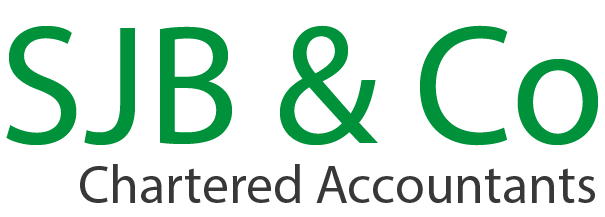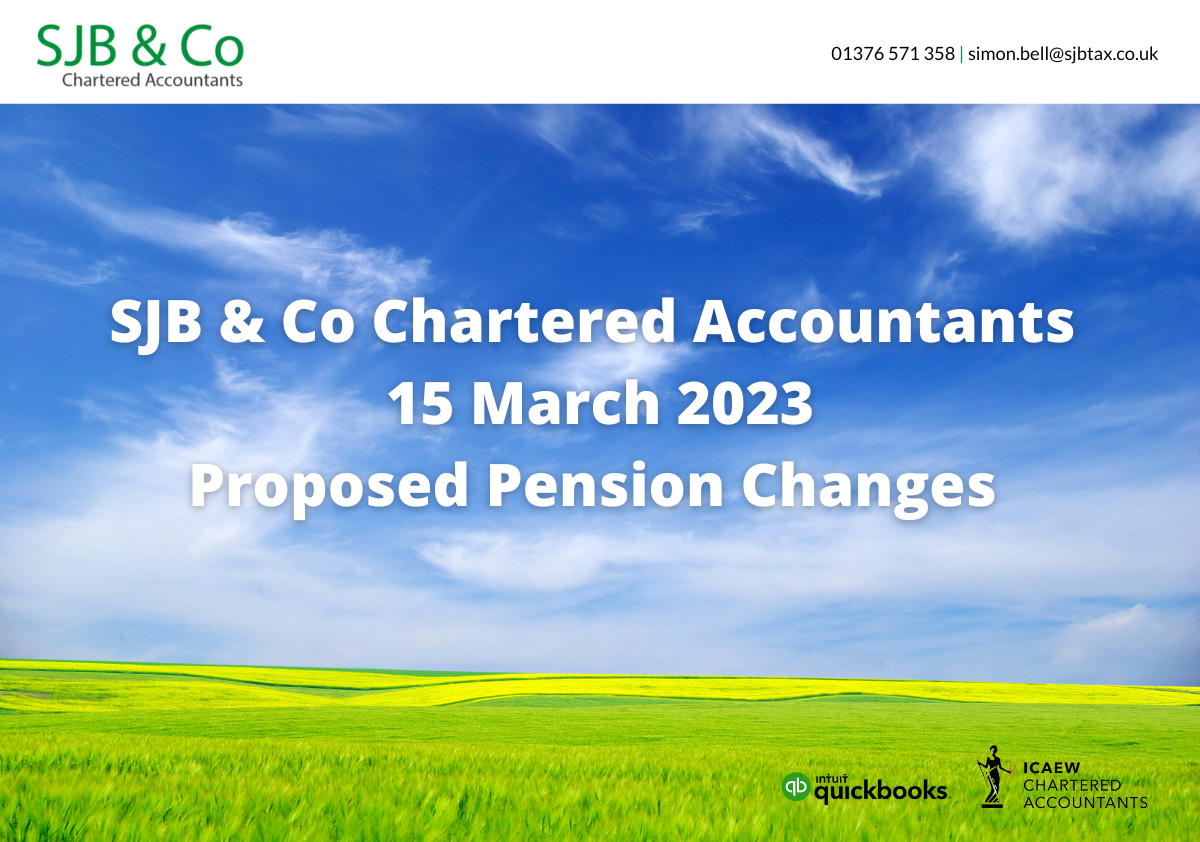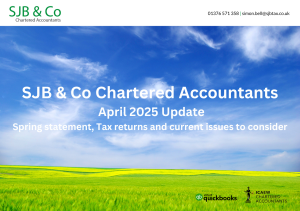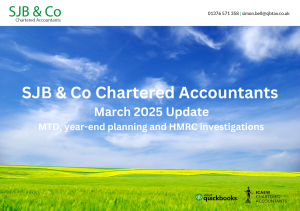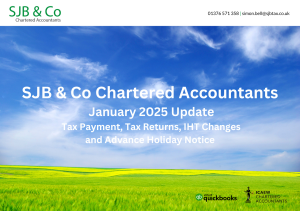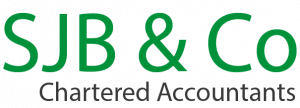The Chancellor, Jeremy Hunt, presented his Spring Budget on 15 March 2023. There were no changes to the income tax rates and thresholds, which had been announced previously. However, the Chancellor unveiled significant pension reforms.
Key dates
The pension lifetime allowance is scrapped from 6 April 2023 and the pension annual allowance is increased from the same date.
This note highlights some planning points arising from these changes.
Pension reforms
The pension lifetime allowance places a cap on total tax relieved pension savings over a person’s lifetime. The lifetime allowance is set at £1,073,100 for 2022/23. Where the allowance is exceeded, the excess is taxed at 55% where it is taken as a lump sum and at 25% where taken as a pension. The lifetime allowance is abolished from 6 April 2023, meaning that from that date there is no limit to the tax-relieved pension savings a person can accumulate. As a result of the abolition of the allowance, the punitive lifetime allowance tax charges are also abolished. However, a cap will apply to the amount that can be taken as a tax-free lump sum, which from 6 April will be limited to £268,275 where this is lower than 25% of the pension fund. The cap is equal to 25% of the current lifetime allowance.
The pension annual allowance is also increased from 6 April 2023, from its current level of £40,000 to £60,000. You can make tax-relieved pension contribution each year up to 100% of your earnings (or £3,600 if lower) as long as you have sufficient annual allowance available. Employer contributions counts towards the annual allowance. Where the annual allowance is not used in full in a tax year, it can be carried forward for up to three years; however, you must use the current year’s allowance before utilising unused amounts from earlier years.
High earners receive a lower annual allowance as a taper applies where both threshold income (broadly income excluding pension contributions) exceeds £200,000 and adjusted net income (broadly income including pension contributions) exceeds the adjusted net income threshold. Prior to 6 April 2023, this is set at £240,000. From 6 April 2023, it is sent at £260,000. The minimum annual allowance is also increased, from £4,000 for 2022/23 to £10,000 for 2023/24. The taper reduces the annual allowance by £1 for every £2 by which income exceeds the adjusted net income threshold. The changes mean that prior to 6 April 2023, the minimum allowance of £4,000 will apply where adjusted net income exceeds £312,000, whereas from 6 April 2023, the minimum allowance of £10,000 will apply where adjusted net income exceeds £360,000. The changes allow high earners to make higher tax-relieved pension contributions from 6 April 2023 than currently.
The money purchase annual allowance (MPAA) is similarly increased from £4,000 to £10,000. This reduced allowance applies if you have flexibly accessed your money purchase pension plan on reaching age 55.
If you have yet to use your available annual allowances for 2022/23 and your pension pot is below the current lifetime allowance of £1,073,100 you have until 5 April 2023 to make contributions for the 2022/23 tax year. This may be beneficial if your income is more than £100,000 and making pension contributions will enable you to preserve some or all of your personal allowance for 2022/23. Employer contributions can also be made as a useful and tax efficient way to extract funds from a family company.
However, if you have already reached the current lifetime allowance, you should not make any further contributions before 6 April 2023 as this will trigger the punitive lifetime allowance charges. These restrictions are lifted from 6 April 2023, so from that date it can be tax-efficient to make further contributions. It should be remembered that while tax relief is available for contributions into a pension scheme, pension payments out of the scheme are taxed at your marginal rate once the tax-free lump sum has been taken. If you pension pot has reached £1,073,100, any further contributions into the pot will not increase the amount that can be taken tax-free.
Putting funds into a pension can also be worthwhile from an inheritance tax perspective as the funds may be passed on tax-free on death.
Please call if you need help with any of the issues raised in this alert.
For more information or to discuss any issues raised above please contact Simon Bell by phone on 01376 571358 or email [email protected] . This article is written in general terms and therefore cannot be relied on to cover specific situations . Applications of the principles set out will depend on particular circumstances. It is recommended that you take professional advice before acting or refraining from acting on any of the above content.
